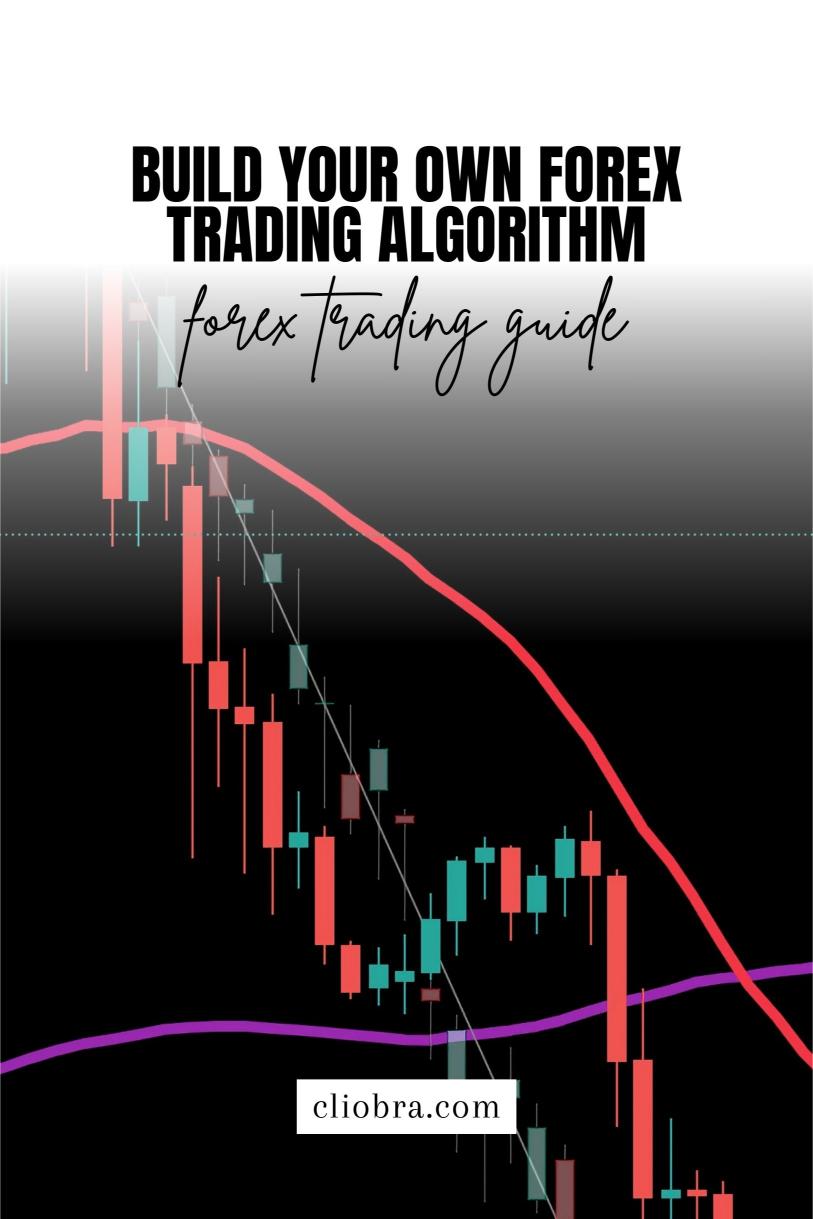Last Updated on February 5, 2025 by Arif Chowdhury
Ever wondered how to create a Forex trading algorithm without diving into lines of code?
You’re not alone.
Many traders feel overwhelmed by coding and technical jargon.
But what if I told you it’s possible to build your own trading strategy without writing a single line of code?
I’ve been in the Forex game since 2015, and I’ve navigated the ups and downs of trading.
I’ve developed a unique strategy that has helped me create 16 sophisticated trading bots, each carefully honed to thrive in the market.
Let’s break it down.
Understand Your Trading Goals
Before you jump into the nuts and bolts of algorithm building, get clear on your objectives.
Ask yourself:
- What currency pairs do you want to trade?
- What’s your risk tolerance?
- What’s your trading style: day trading, swing trading, or something else?
Having clarity on these points helps shape your algorithm.
Research and Data Collection
Knowledge is power.
Start collecting data.
There are plenty of resources online that can give you historical data and market trends.
- Use tools like MetaTrader for analysis.
- Look for free data sources for currency pairs.
- Keep an eye out for economic indicators that affect trading.
Did you know?
Approximately 70% of Forex traders lose money due to a lack of strategy and data analysis!
Don’t be part of that statistic.
Choose a Reliable Platform
Now, you need a platform to build and test your algorithm.
Look for user-friendly options that don’t require coding.
Some popular choices include:
- TradingView: Great for backtesting and has a user-friendly interface.
- AlgoTrader: Offers automated trading features without coding.
- Zorro: A bit more advanced, but still manageable for non-coders.
These platforms can help you visualize your strategy without getting bogged down in coding.
Building Your Algorithm
Here comes the fun part.
You can create a trading algorithm based on your research and goals.
Focus on:
- Entry and Exit Criteria: Define when you will enter and exit trades.
- Risk Management: Set limits on how much you’re willing to lose per trade.
- Indicators: Decide which technical indicators suit your strategy, like moving averages or RSI.
For example, you might decide to enter a trade when the 50-day moving average crosses above the 200-day moving average.
Backtesting Your Strategy
Once you’ve built your algorithm, it’s crucial to backtest it against historical data.
This step helps you:
- Validate your strategy.
- Identify potential weaknesses.
- Fine-tune your parameters.
Remember, I’ve backtested my bots for the past 20 years, and they deliver excellent performance even under harsh market conditions.
Keeping It Simple
One of the biggest mistakes I see is overcomplicating strategies.
Keep it straightforward.
Focus on a few key indicators and stick to your plan.
Continuous Learning and Improvement
The Forex market is always changing.
Stay updated with the latest trends and news.
- Read blogs.
- Join forums.
- Watch YouTube channels (like mine!) for insights.
I regularly share my experiences and trading strategies to help aspiring traders like you.
Final Thoughts
Building your own Forex trading algorithm without coding is entirely achievable.
Focus on your goals, choose the right platform, and keep learning.
If you’re looking for a hassle-free way to trade, consider exploring my 16 trading bots, which are strategically diversified across major currency pairs like EUR/USD and GBP/USD.
These bots are designed to optimize your trading experience and enhance profitability.
And don’t forget to check out the best Forex brokers I’ve tested.
Trading should be an enjoyable journey, not a stressful one.
Let’s make it happen!
